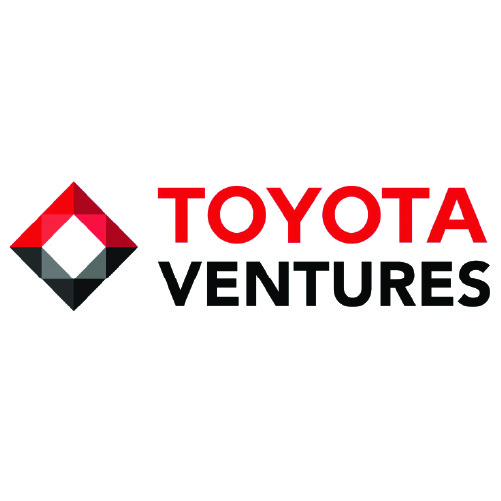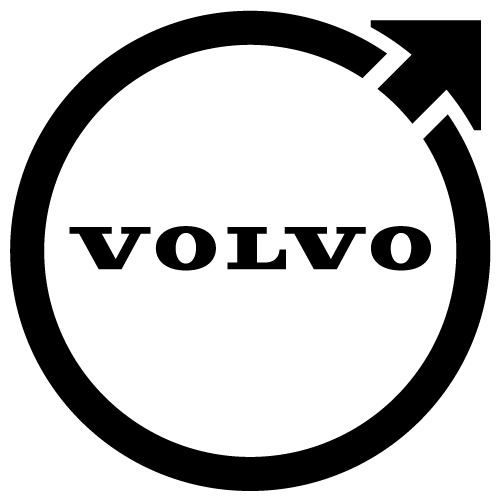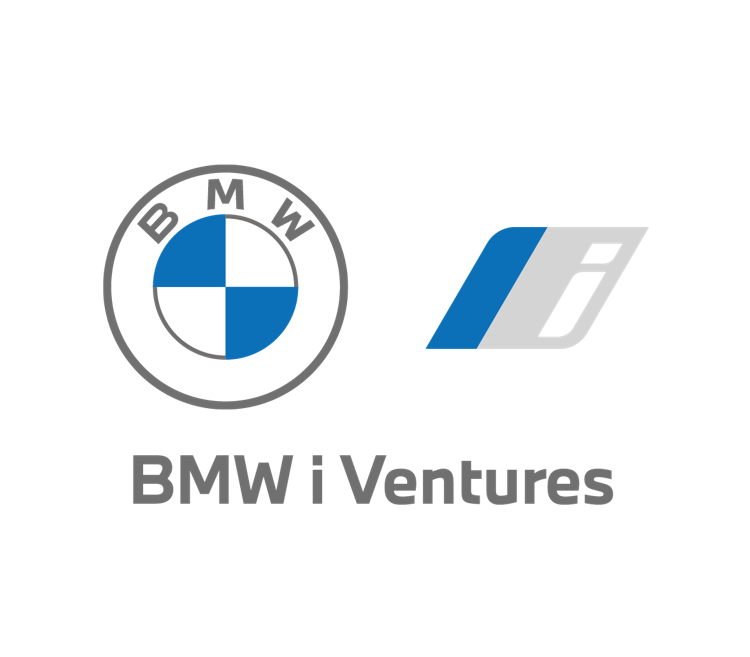Revving Up: The Three Superpowers of Innovation
May 15, 2024
Interviewed by Nicolas Sauvage on May 9, 2023
Quin Garcia is not your average car guy. His lifelong passion for transportation tech has led him on a remarkable road trip that spans academics, consultancy, and groundbreaking ventures, eventually leading him to found AutoTech Ventures.
As he told Corporate Venturing Insider, Quin’s journey began at Cornell University, where he grew to love automotive innovation as a member of a car team while pursuing a business degree. This experience opened his eyes to the broader implications of transportation, from environmental concerns to safety and geopolitics. Post-graduation, he veered into consultancy, offering strategic insights to both the auto industry and consumer electronics sector. However, his thirst for pushing the boundaries of transportation tech led him to Stanford, where he honed his quantitative skills.
But Quin’s career trajectory changed when he joined Better Place, a visionary company with a mission to transform nations through electric car recharging infrastructure and innovative subscription models. During his five-year tenure, Quin witnessed tech giants entering the transport sector, triggering a shift in traditional vehicle and automotive corporations toward embracing startups and external innovation. Inspired by this transformation, he set out to create the world’s leading mobility venture capital firm, acting as a bridge between corporations seeking innovation beyond R&D and startups in need of capital and scaling assistance.
“I view myself more as a builder than an investor,” Quin shared.
A Dynamic Business Model
Every CVC has a unique model and way of operating. Autotech Ventures focuses on a dynamic and hybrid business model, marrying finance with strategic partnerships. This approach is driven by a core function as financially motivated investors managing funds primarily for financial gain. However, the business truly thrives deep in the vibrant startup ecosystem. With an impressive annual intake of approximately 2,000 startups, Quin’s team scours this rich landscape for investment opportunities, cherry-picking around seven projects each year to support financially. But the team doesn’t stop there — even the startups that do not get the cash benefit from AutoTech’s connections. Many of the startups passed over financially are immensely useful to the corporate limited partners the fund serves, creating an exciting ground for future collaboration.
At the heart of this multifaceted ecosystem infrastructure is a two-pronged approach. The first prong is the investment team, responsible for a rigorous deal sourcing and due diligence process. This dedicated group not only identifies promising startups but also takes an active role in guiding their development. Members may assume board of director positions or offer additional counseling resources. The second prong is a five-member force called the Strategic Partnerships Team. It is tasked with delivering strategic benefits to the LPs. These corporate giants, representing the full spectrum of the ground transport value chain, are not only interested in financial returns but also seek market intelligence, startup access, expanded networks, and even educational support for their CVC functions. Putting both teams behind the wheel creates a holistic CVC firm led by Quin where financial investments and strategic alliances merge to fuel innovation in the realm of transportation technology.
The Three Superpowers
The CVC mindset includes the nuances of business development as a pivotal element that can make or break portfolio companies. Quin outlined AutoTech Ventures’ approach to business developments as three primary types of supply relationships:
- Links established with large corporations or fellow startups that provide services to one of the fund’s portfolio companies.
- Channel partnerships involving third parties that act as conduits for portfolio companies to reach customers.
- Intermediaries, entities that facilitate connections.
Notably, AutoTech’s business development strategy is highly tailored and begins with an in-depth exploration of the portfolio companies’ specific needs. By focusing on those unique service areas, the fund formulates a customized program that lays the foundation for three superpowers in BD that set this firm apart. The first superpower is its domain-focused network, a robust web of alliances and resources built over years in the industry. The second is AutoTech’s ability to harness corporate LPs for knowledge sharing, networking, and introductions. The third superpower is the portfolio team, which executes the BD strategies.
Surprisingly, AutoTech Ventures manages to fund all these initiatives solely through management fees. Quin affirms that the fund will never impose additional service fees on their portfolio companies and does not charge consulting fees to their corporate LPs. The commitment to funding development this way reflects the partners’ dedication to creating value for portfolio companies, free from additional financial burdens.
The Duality of Roles and Pain Points
Investment team members flash a variety of skills in achieving the overarching goal of a balanced and diversified portfolio. While some team members thrive on the thrill of the deals and investments, others are adept at nurturing long-term partnerships and solving problems. It’s within this dynamic that the magic happens, as complementary proficiencies and viewpoints mesh to create a seamless investment approach.
“We have really talented people on our deal team who are frankly different from me and better than me,” Quin said. “So I get to learn from them and watch them. But then maybe sometimes they also get to learn a little something from me and that goes back to our ethos around bringing people together who have diversity of thought around the table.”
Inclusion and diversity do not just mean incorporating different perspectives; those voices must be heard, considered, and integrated into the decision-making process. To shed light on this critical aspect of their approach, Quin explained the fund’s investment process of exploring domains in general rather than specific spaces. This allows the team to concentrate on the broader landscape and identify use cases and customer challenges that are ready for disruption. To identify these pain points, the team actively seeks input from various sources, not just their LPs but also external stakeholders who might be seeking solutions in different domains.
“Technology is automation and you’re automating a human task with technology,” Quin said. “So how can we solve pain points? By automating tasks for someone.”
If there is enough pain in a given domain, it’s marked as a potential opportunity. The next steps assess whether technology or an innovative business model can be leveraged to relieve the pain. AutoTech’s two-stream approach to innovation ensures that the team remains open to both technological advancements and creative business strategies.
Network Effects
In venture capital, relationships and networks drive success. Quin describes relationship building as the art of nurturing a thriving community while maintaining a sustainable investment strategy, all underscored by the transformative concept of networks.
Quin believes corporate LPs are “not just our customers; they’re members of our community.”
He treats corporate LPs as not distant shareholders but as essential components of a vibrant network, building blocks for his ambitious quest to create the world’s most dynamic community, one composed of individuals within companies who share an unwavering passion for transport tech with AutoTech Ventures at the helm.
“We envision our business as a two-sided marketplace,” Quin continued.
In this ecosystem, the interplay between corporate LPs and portfolio companies fuels innovation and growth. The recognition that the power of networks occupies a central place in their philosophy permeates every aspect of the vision. The venture firm’s impressive track record in mid-stage investments stands as a testament to its network-driven strategy. Remarkable successes, such as Indie Semiconductor and SpotHero, exemplify how mid-stage companies can achieve substantial returns within this vibrant ecosystem.

 In VC, avoid using consulting fees for portfolio companies or limited partners; focus on annual management fees or other sources of revenue to support portfolio success and foster strong relationships.
In VC, avoid using consulting fees for portfolio companies or limited partners; focus on annual management fees or other sources of revenue to support portfolio success and foster strong relationships. 



















